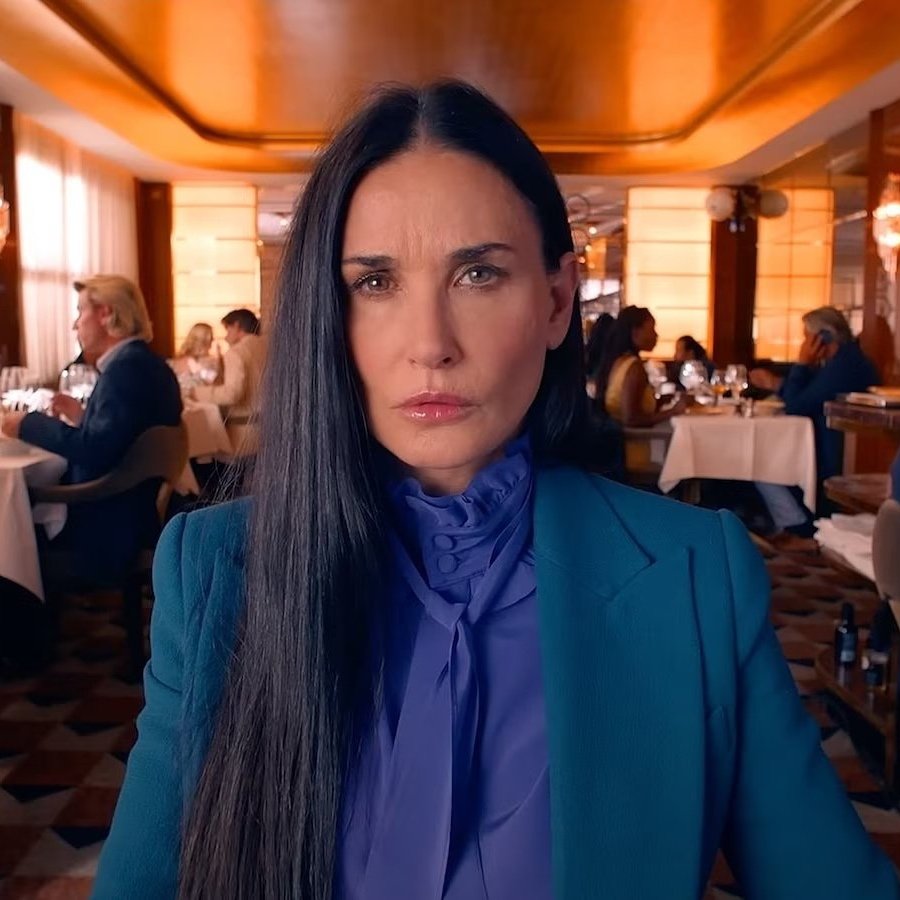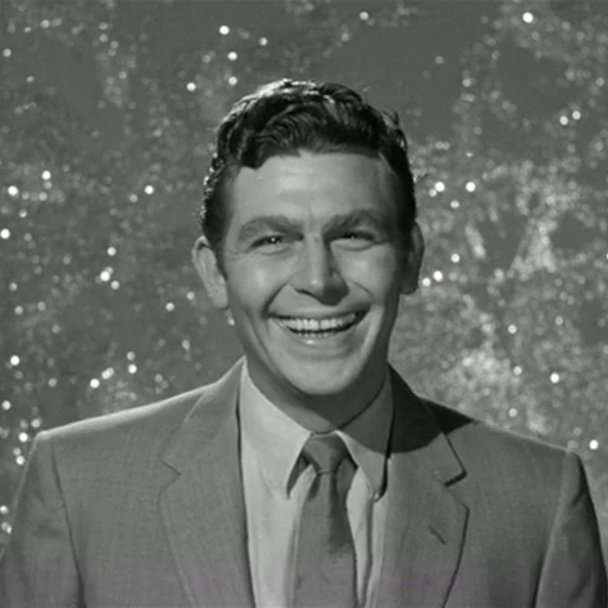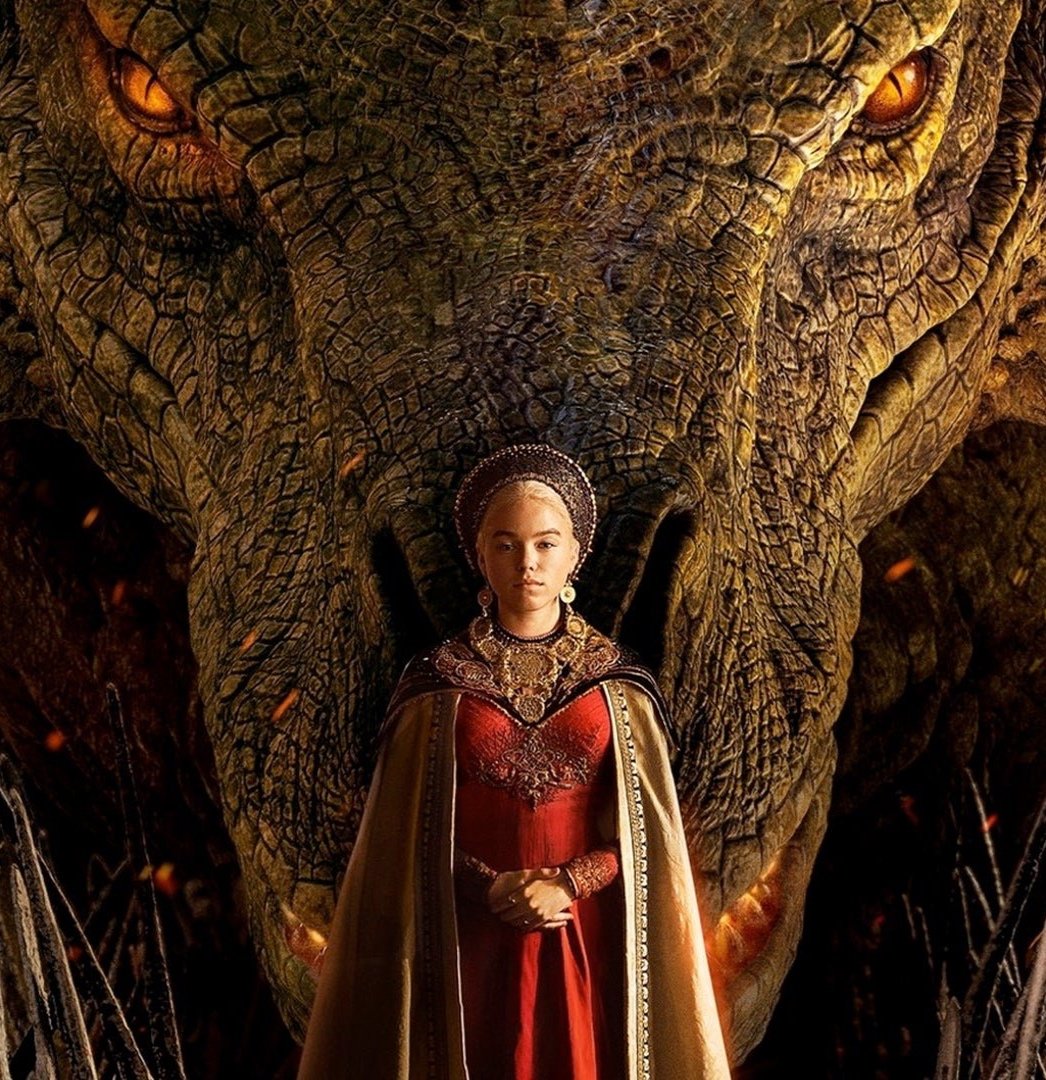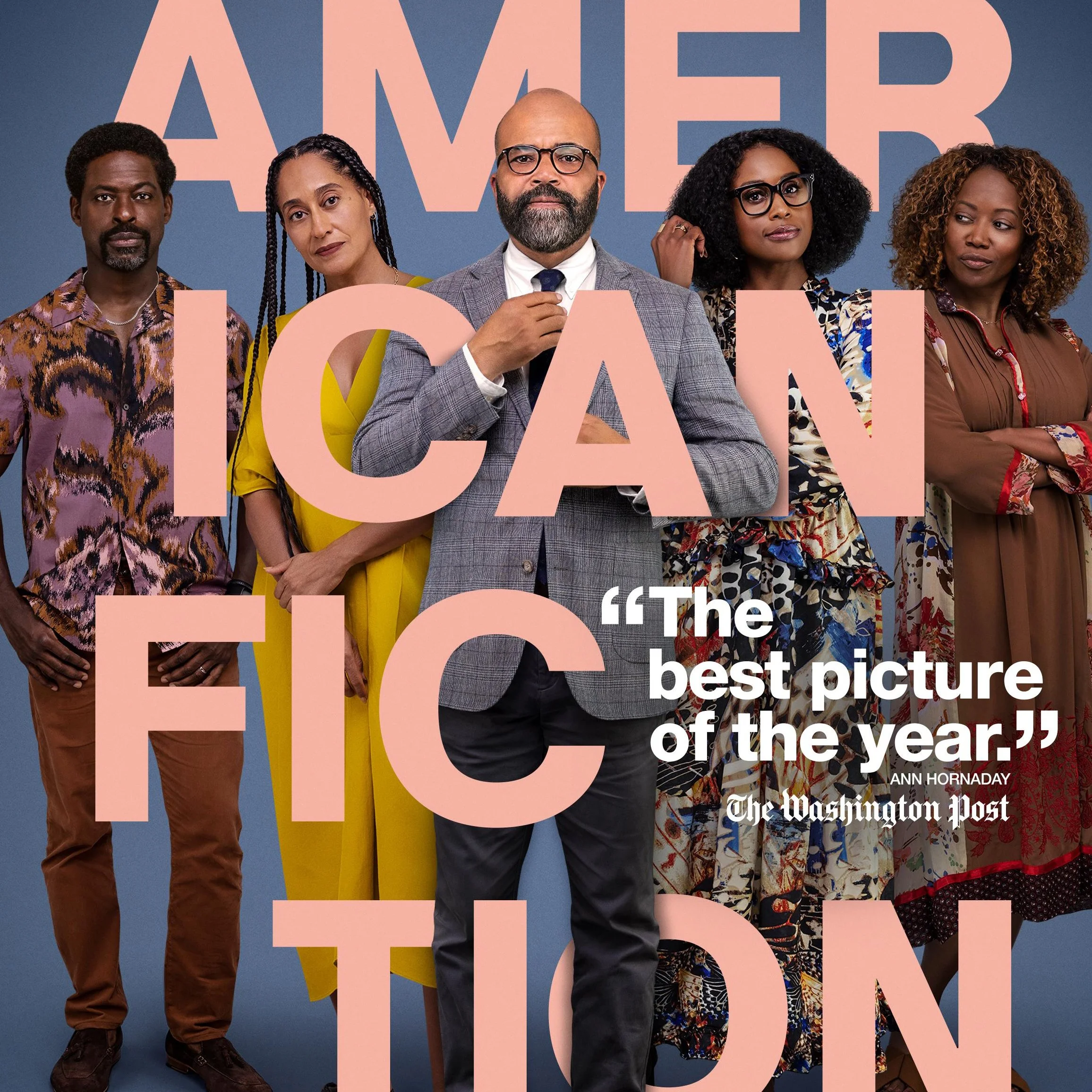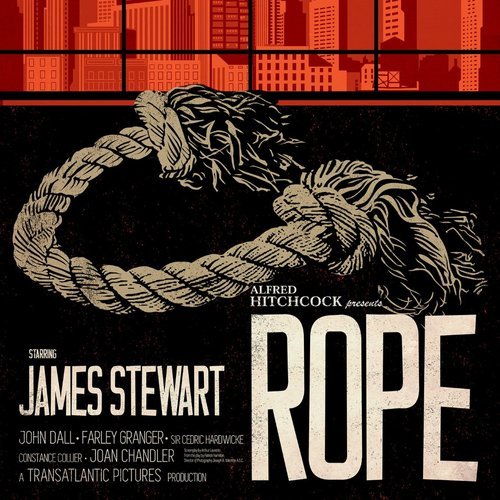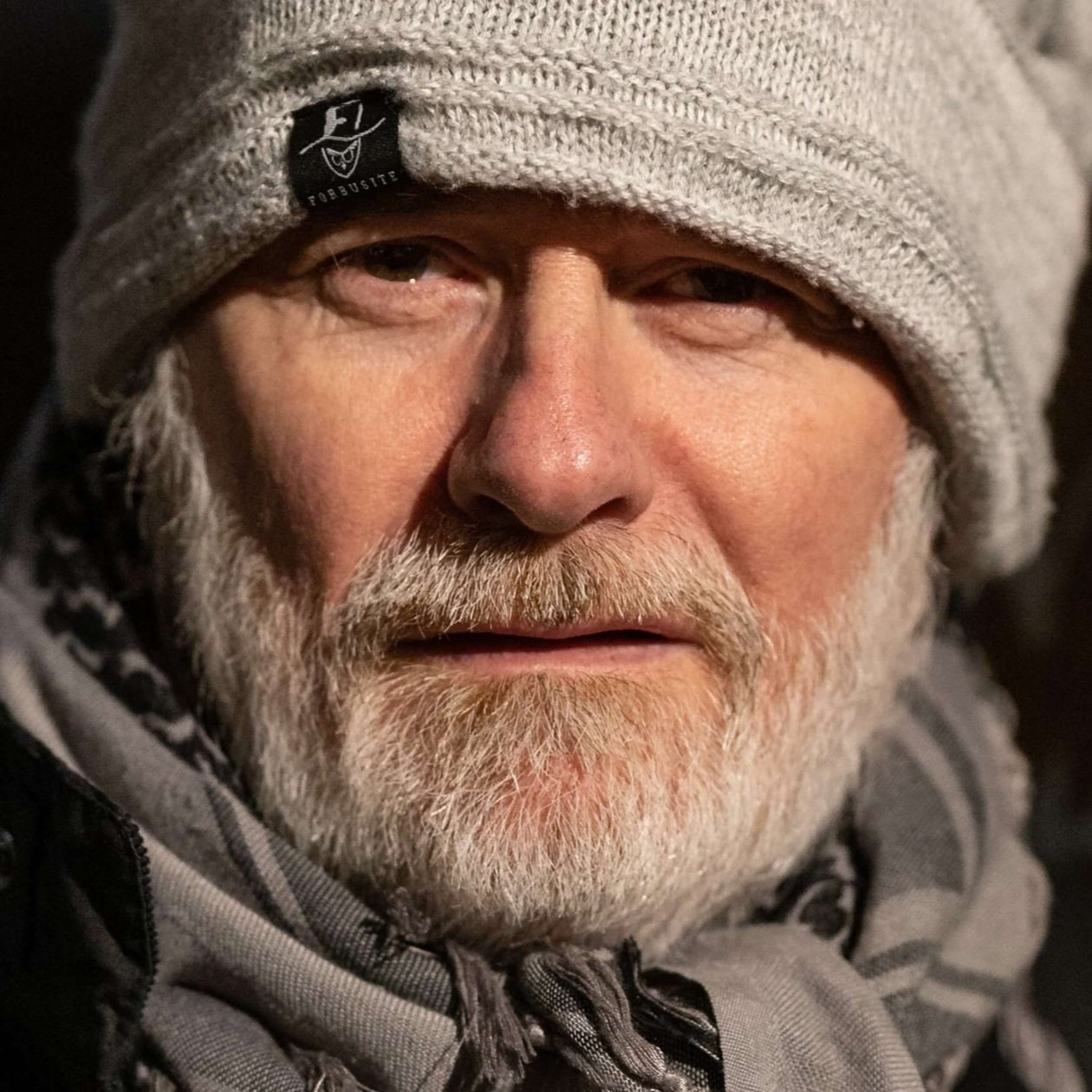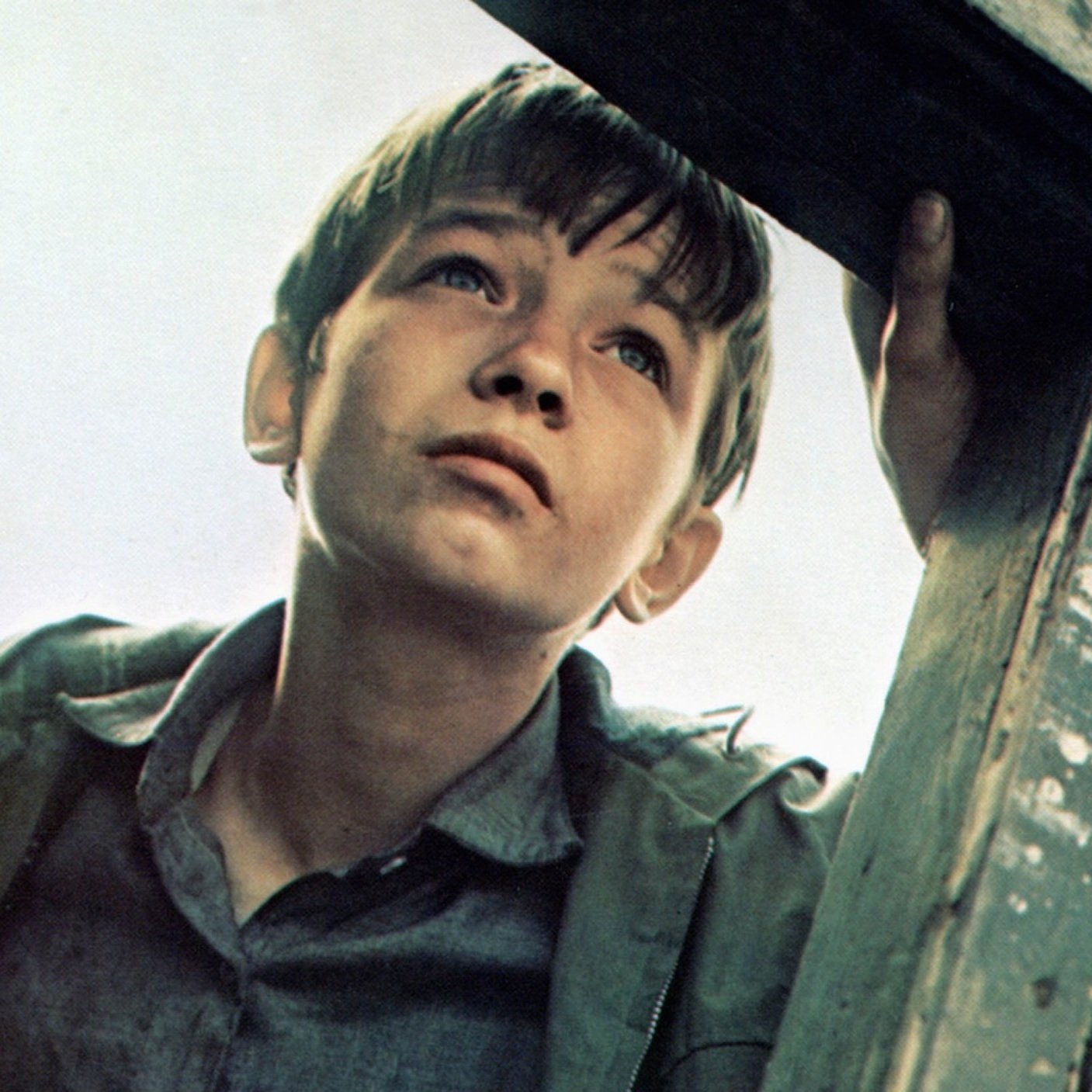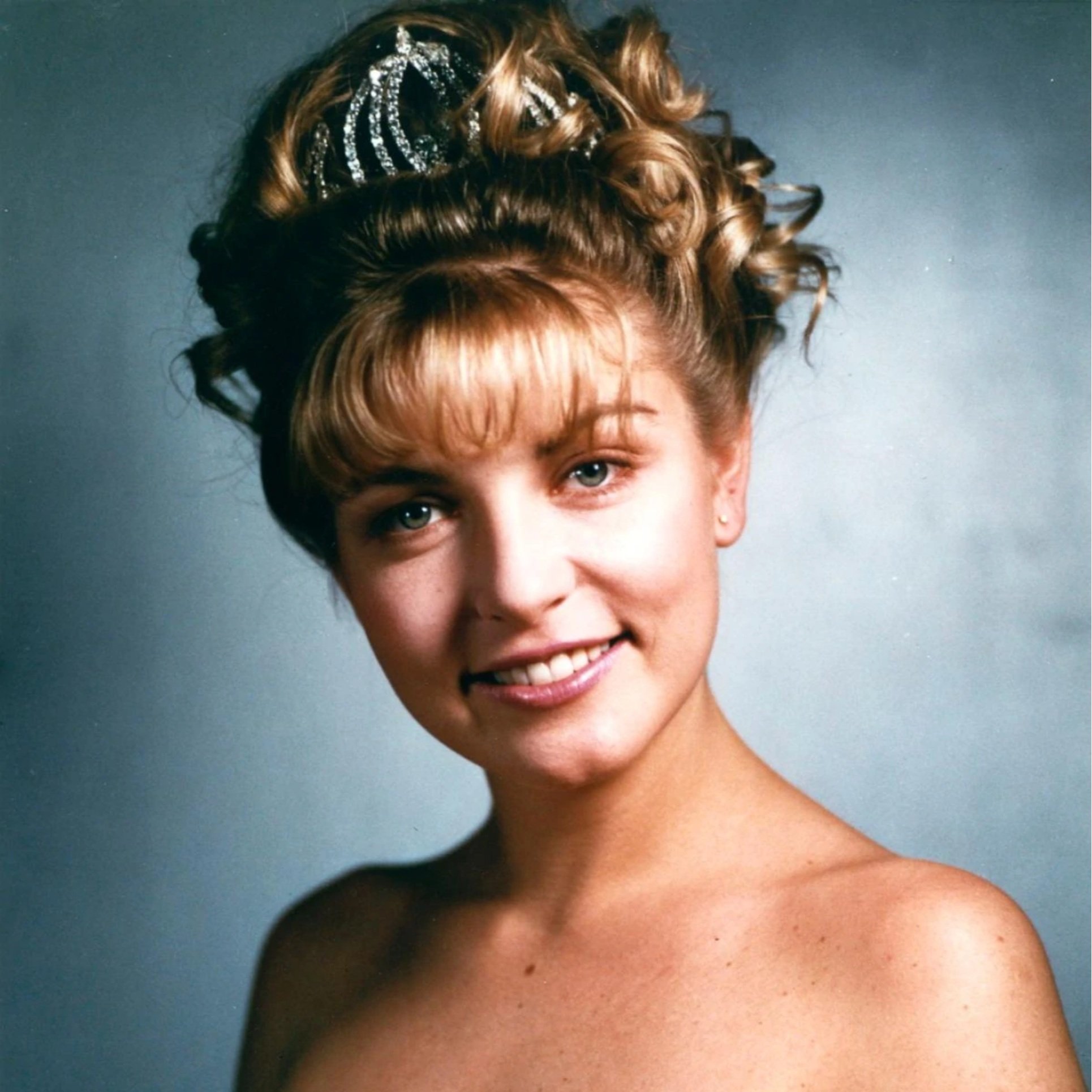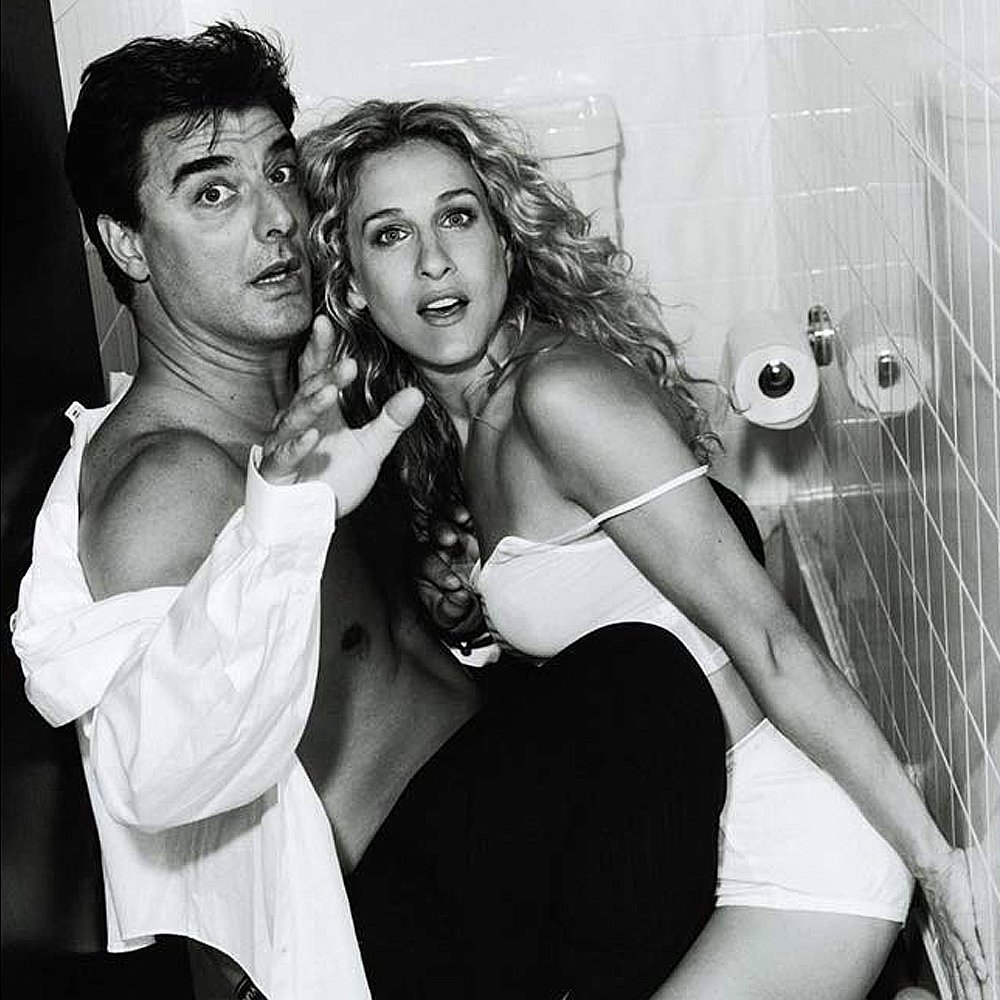The Sage is not Humane: Sam Peckinpah’s Five Best Films
In the formative Taoist text, the Tao Te Ching (道德經), the great Chinese philosopher Laozi writes:
“Heaven and Earth are not humane.
They regard all things as straw dogs.
The sage is not humane.
He regards all people as straw dogs”
This six-thousand-year-old wisdom was the inspiration for the title of Sam Peckinpah’s 1971 film Straw Dogs. It’s hard to conceive a more fitting application for the term. To Peckinpah (popularly christened “Bloody Sam”), human life was little more than a ceremonial object, transacted and sacrificed—a straw dog immolated on the bonfire of violence. His nihilism has lived on after him; I see fit not to let the good be interred in his bones.
A biography of Peckinpah would surely catalog his frequent clashes with studios, the gauntlet of mandated re-edits that rent his films from his fingers, and his (often drunken) fights with his crew, the press, his friends and relations, and, of course, himself. Peckinpah would eventually run himself out of Hollywood and go to Mexico for a time before limping back to California to have his name attached to a few underwhelming projects and drink himself to death in 1984 at the age of 59.
Peckinpah occupies a unique station in the canon of American film directors because he found success just before the creative floodgates of New Hollywood. He then went on to push the boundaries of what could and couldn’t be shown on film—crafting works more transgressive than many of his younger peers. This made him the target of studio meddling and censorship, but his legacy is nonetheless founded on grit, ingenuity, and daring. In all, he directed fourteen features, spanning 22 years (1962-1983). I haven’t watched them all, but what I have seen is enough to draft this list of his five greatest films.
#5: Cross of Iron (1977)
Leave it to Sam Peckinpah, whose Straw Dogs film critic Pauline Kael famously called “the first American film that is a fascist work of art,” to make an American World War II movie from the Nazi perspective. Crucially though, Peckinpah does not direct his lens to German war crimes or humanitarian atrocities; he focuses instead on the dismal tale of soldiers embroiled in an unwinnable war. In a particularly fatalistic moment, a child—a Russian boy soldier whom the Germans in the movie protected—is shot dead by his own countrymen.
Starring James Coburn (a frequent Peckinpah collaborator) as Rolf Steiner, a fictional but believable German Corporal, Cross of Iron is a delicate analysis of the psychological toll war takes on its participants. Coburn’s Steiner is a double veteran, but his vile superior officer, who avoids combat and endangers his men, is set to earn the famed Iron Cross instead.
The film features several Peckinpah staples: slow-motion shots of grunting men being gunned down gruesomely, a gruff, unlikable protagonist, and fierce explorations of delicate subjects. As an example of the latter, in Cross of Iron, there is a chilling scene where Maximilian Schell’s spineless Captain Stransky interrogates one of his soldiers about his suspected homosexuality. The tension and cruelty of this moment feel like a direct precursor to many of the nail-biting tableaus in Quentin Tarantino’s Inglourious Basterds.
#4: The Wild Bunch (1968)
If you’ve seen one Peckinpah film, it’s statistically most probable that you’ve seen The Wild Bunch. I indeed find it hard to overrate the film’s impact. Its story of morally gray outlaws reaching their collective twilight and choosing to die in a blaze of glory is a tale as old as any. Compared to then-contemporary Westerns, though, The Wild Bunch is anything but conventional.
It is a delicate rumination on inherited violence, the necessity of social order, even in lawless times, and various impulses of brotherhood that compel men to do good and evil. Richly photographed, with classic performances from William Holden, Ernest Borgnine, and Warren Oates among others, The Wild Bunch is a character-focused Western that, despite its age, remains shockingly modern. Its commentary on aging and history is not dissimilar from the themes we often encode in modern Westerns: the DNA of The Wild Bunch resides equally in Clint Eastwood’s Unforgiven as in Hell or High Water.
And though it is oft-emulated, Peckinpah’s violent, guttural film is perhaps still more thrilling and powerful than any of its progenies.
#3: Straw Dogs (1971)
You may have expected Straw Dogs to top my Peckinpah list, since I began this article by discussing it. Still, I must agree with Mr. Tarantino (something, frankly, I rarely do) and declare Straw Dogs one of Peckinpah’s masterpieces. Its technical virtuosity, especially in its bewilderingly tense finale, is probably unsurpassed, even amongst the formidable portfolio of 70s thrillers.
Outwardly, the film tells the story of David Sumner (Dustin Hoffman), an American mathematician who moves to rural Cornwall with his wife Amy in pursuit of an astrophysics grant. They are harassed by the locals, climaxing in a vicious home invasion. Implicitly, it’s one of the most challenging visions of masculinity and female sexuality put to film. Straw Dogs hinges on two acts of violence: a rape and the culminating domestic siege. And Amy is helpless in both. Consider her husband: in a simpler film David would be a meek yet heroic figure, but in Peckinpah’s world, he’s a neurotic sadist who ignores his wife and ultimately descends into a state of Hobbesian brutality. David is a villain, the same as her attackers, giving Amy no hope for rescue, physically or mentally. She is a woman staring into the abyss.
It's a troubling and hateful film that defies good taste, simple morals, and our expectations of conscientious art. But that is what makes it so devilishly compelling.
#2: Pat Garrett and Billy the Kid (1973)
There exist no fewer than five distinct cuts of Pat Garrett and Billy the Kid, including a 50th anniversary edition released just this year. Because I haven’t watched them all—and the version I have seen I’ve seen only once—I can’t honestly rank it higher. It does, however, contain sequences of remarkable poetry.
This film was Peckinpah’s tipping point—the director’s most studio-bastardized project. Even “Knocking on Heaven’s Door,” which Bob Dylan composed for the film, was forced upon Peckinpah, explaining its absence in the director’s personal cut. Dylan or not, Garrett is the finest Western of the 1970s and one of the genre’s most soulful entries. Compared to Peckinpah’s other meditations on aging and obsolescence, Garrett is more nuanced and heartrending and contains moments probably more masterful than anything in the others, even The Wild Bunch.
The movie follows Coburn’s Pat Garrett as he hunts the elusive Billy the Kid (played by the late Kris Kristofferson). The opening is brutal: Garrett’s murder in 1909 is intercut with chicken shooting. Amongst Peckinpah’s work, it’s one of the slowest and most serene, but in that languid pace, the director hides great sadness. In one of the later scenes, Garrett talks to a coffin-maker—played by Peckinpah himself—who tells him he intends to bury all his possessions in a box. We don’t choose to give up what we can’t hold onto.
Many films depict the end of the Old West; of them, I find Garrett the greatest. It’s about two men who ought to die together but are convinced to die separately. How perverse.
#1: Bring Me the Head of Alfredo Garcia (1974)
Despite the formal elegance of The Wild Bunch or the oppressive horror of Straw Dogs, the Peckinpah film I find most compelling is his Mexican picture: Bring Me the Head of Alfredo Garcia, a film which also lays claim to the coolest film title of all time.
Interestingly, Garcia remains somewhat controversial, whereas most Peckinpah films, though often contentious in their own time, have attained classic status. I often feel that we Garcia fans are like a sect of the wider Peckinpah sphere. We have, on our side, Roger Ebert—who, though skeptical of some of the director’s films, recognized this one as a masterpiece. Many despise its roughness (it made it into The Fifty Worst Films of All Time, a prominent 1978 book), but that is what lends it such character. Reportedly, Garcia was the only film Peckinpah got to make exactly as he wanted it. His personality shows.
The story is mournful: a down-and-out bar pianist called Bennie (Warren Oates) travels across Mexico with his prostitute sweetheart to bring a drug lord the head of the man who impregnated his daughter, the titular Alfredo Garcia. We learn that Garcia is already dead though, so Bennie’s quest devolves into the maddening pursuit of a rotting human head. In the film’s final act, Bennie talks to that head like a person: a corpus for our past sins. What would you say to the skull of a man you would have killed for money?
Despite the film’s grisly detail, there lies great artistry in its frames. Roger Deakins, famed cinematographer, cited Garcia as an influence for No Country for Old Men. Moreover, Garcia probes with incredible sharpness the violent antecedents of our society: greed, lust, and misery. These things corrupt us and sustain us, Peckinpah argues, but they need not be our masters. Indeed, Bennie finally attains selflessness and chooses to strike down the oppressive criminals who enlisted him, no longer a slave to vice and self-loathing.
Bring Me the Head of Alfredo Garcia appears to put Peckinpah himself on trial, and in the end, it’s ambiguous whether he is condemned or gets to walk free. As inheritors of his art, we must produce the ruling.
In the end, “Bloody Sam” left an intimidating legacy. He arguably dealt the killing blow to the optimistic, American White-Hat Western, and his vision of nihilism defined his era and haunts ours still. But in his films, he hid beauty, restraint, and emotional power. These are the qualities that reverberate; these are some of the things we go to the cinema for.
Popular Reviews







